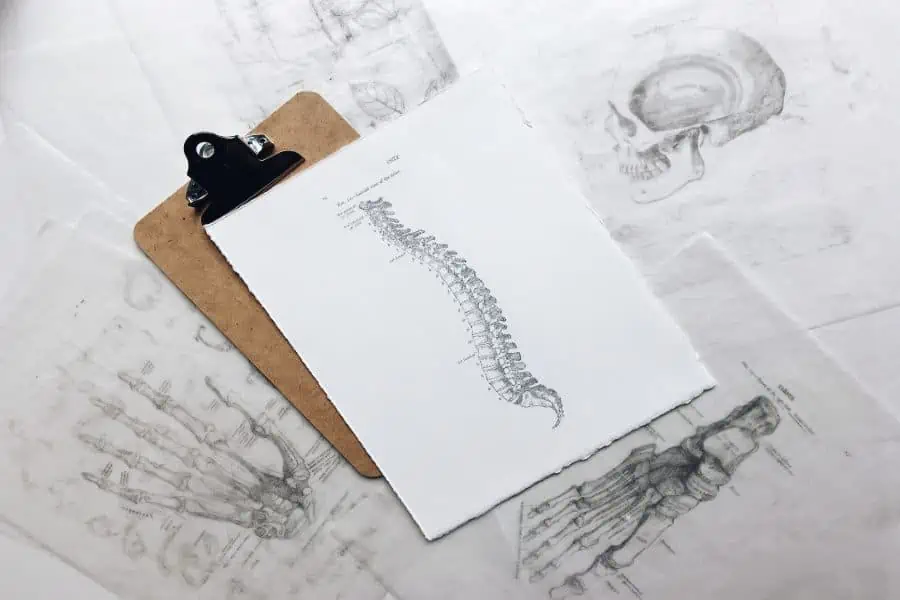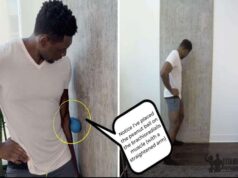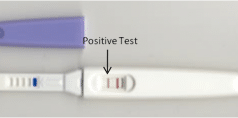
Living with chronic pain can significantly impact your quality of life. Fortunately, there are various non-invasive techniques available that can provide lasting relief without the need for invasive procedures or medications. In this guide, Neuragenex explores some effective non-invasive pain management techniques that can help you find relief and improve your well-being.
Step into wellness with Neuragenex – Pain Management Clinic – Lehi.
1. Mind-Body Therapies
Mind-body therapies focus on the connection between your mind and body to promote healing and reduce pain. Techniques such as meditation, deep breathing exercises, and mindfulness have been found to be effective in managing chronic pain. These practices help calm the mind, reduce stress, and improve overall well-being. By incorporating mind-body therapies into your daily routine, you can experience lasting pain relief.
2. Physical Therapy
Physical therapy is a non-invasive treatment option that aims to improve mobility, reduce pain, and enhance overall function. A skilled physical therapist can assess your condition and develop a personalized treatment plan. Through exercises, stretches, and manual therapy techniques, physical therapy can help strengthen muscles, improve flexibility, and alleviate pain. It is particularly beneficial for conditions like arthritis, back pain, and joint injuries.
3. Acupuncture
Acupuncture is an ancient Chinese practice that involves inserting thin needles into specific points on the body to stimulate energy flow and promote healing. It is commonly used for pain management and has been shown to be effective in treating various conditions, including chronic pain. Acupuncture helps release endorphins, the body’s natural painkillers, and can provide long-lasting relief without the need for medication or surgery.
4. Transcutaneous Electrical Nerve Stimulation (TENS)
TENS is a non-invasive technique that uses a small device to deliver low-voltage electrical currents to the skin. These electrical impulses help to block pain signals and promote the release of endorphins, providing pain relief. TENS units are portable and can be used at home, making them a convenient option for managing chronic pain. However, it is important to consult with a healthcare professional to ensure proper usage and avoid any potential risks.
5. Heat and Cold Therapy
Heat and cold therapy are simple yet effective non-invasive techniques for managing pain. Applying heat to an affected area can improve blood circulation, relax muscles, and reduce pain and stiffness. Cold therapy, on the other hand, can help numb the area, reduce inflammation, and alleviate acute pain. Alternating between heat and cold can also be beneficial for certain conditions. It is important to follow proper guidelines and consult with a healthcare professional to determine the appropriate duration and frequency of application.
6. Massage Therapy
Massage therapy is a widely recognized technique for relieving pain and promoting relaxation. Skilled massage therapists use various techniques to target specific areas of pain or tension in the body. Massage helps improve blood flow, release muscle knots, and reduce inflammation, leading to pain relief. Regular massage sessions can also help manage stress and improve overall well-being.
Conclusion
Living with chronic pain doesn’t have to be a constant struggle. Non-invasive pain management techniques offer effective and lasting relief without the need for invasive procedures or medications. By incorporating mind-body therapies, physical therapy, acupuncture, TENS, heat and cold therapy, and massage therapy into your pain management routine, you can improve your quality of life and find relief from chronic pain. Remember to consult with healthcare professionals to determine the best approach for your specific condition. Empower yourself with these non-invasive techniques and take control of your pain management journey.








